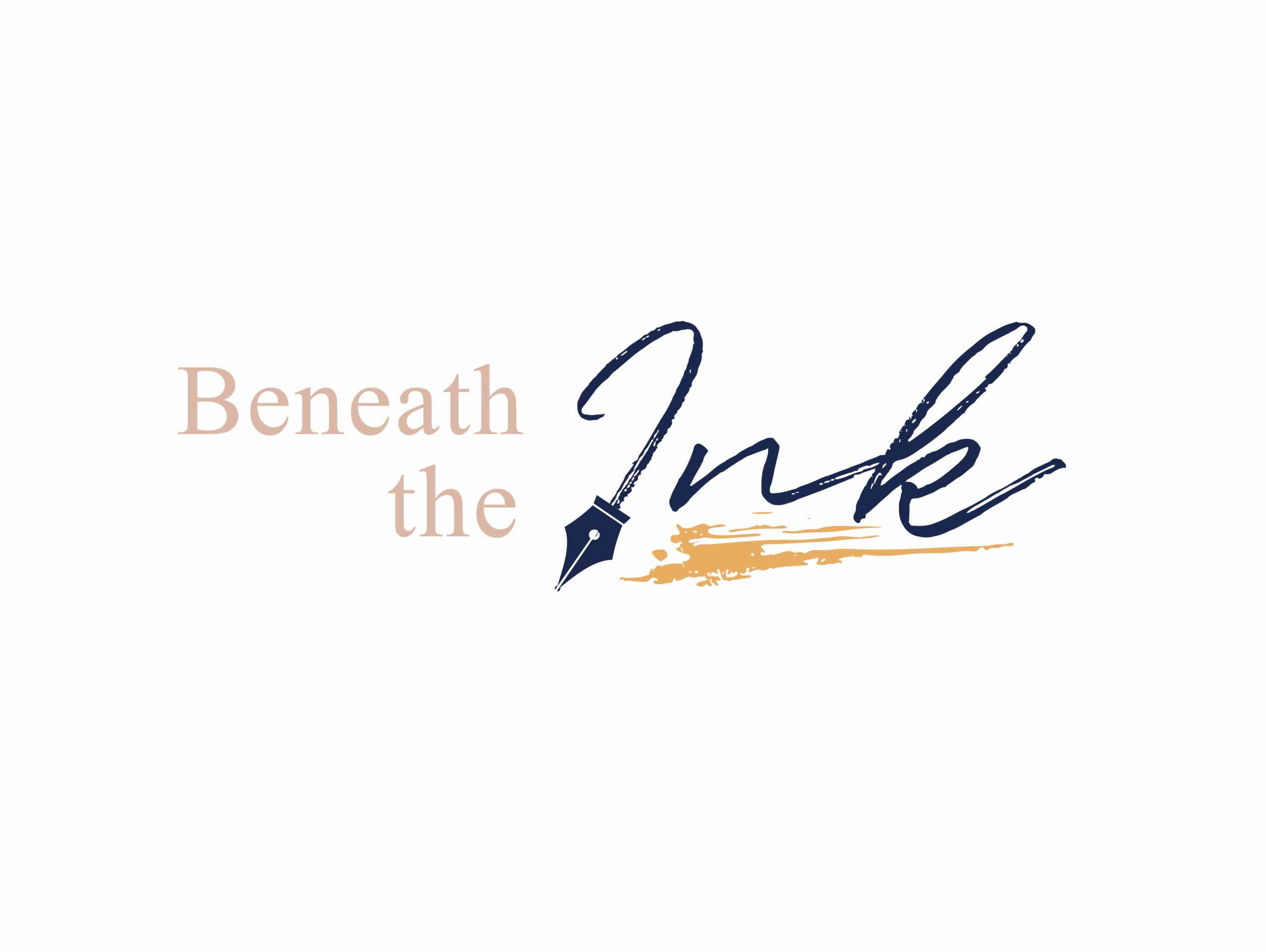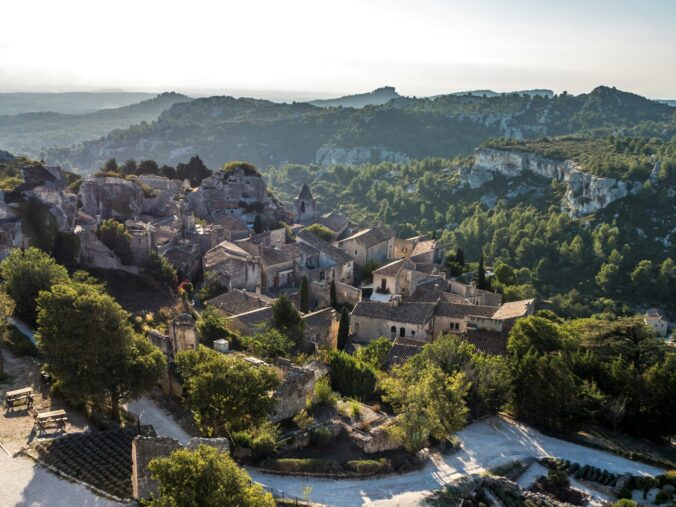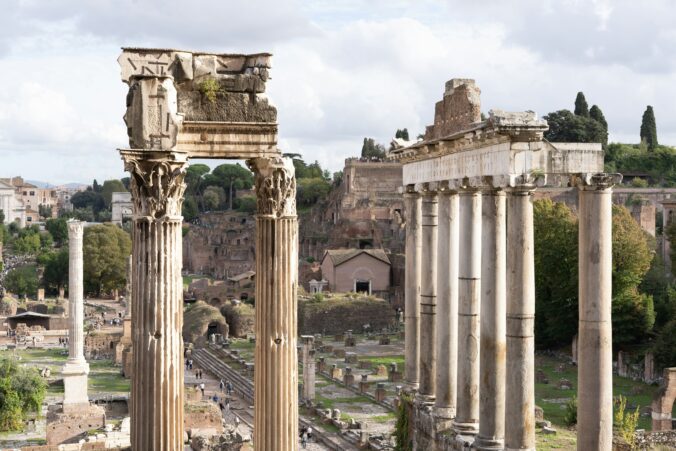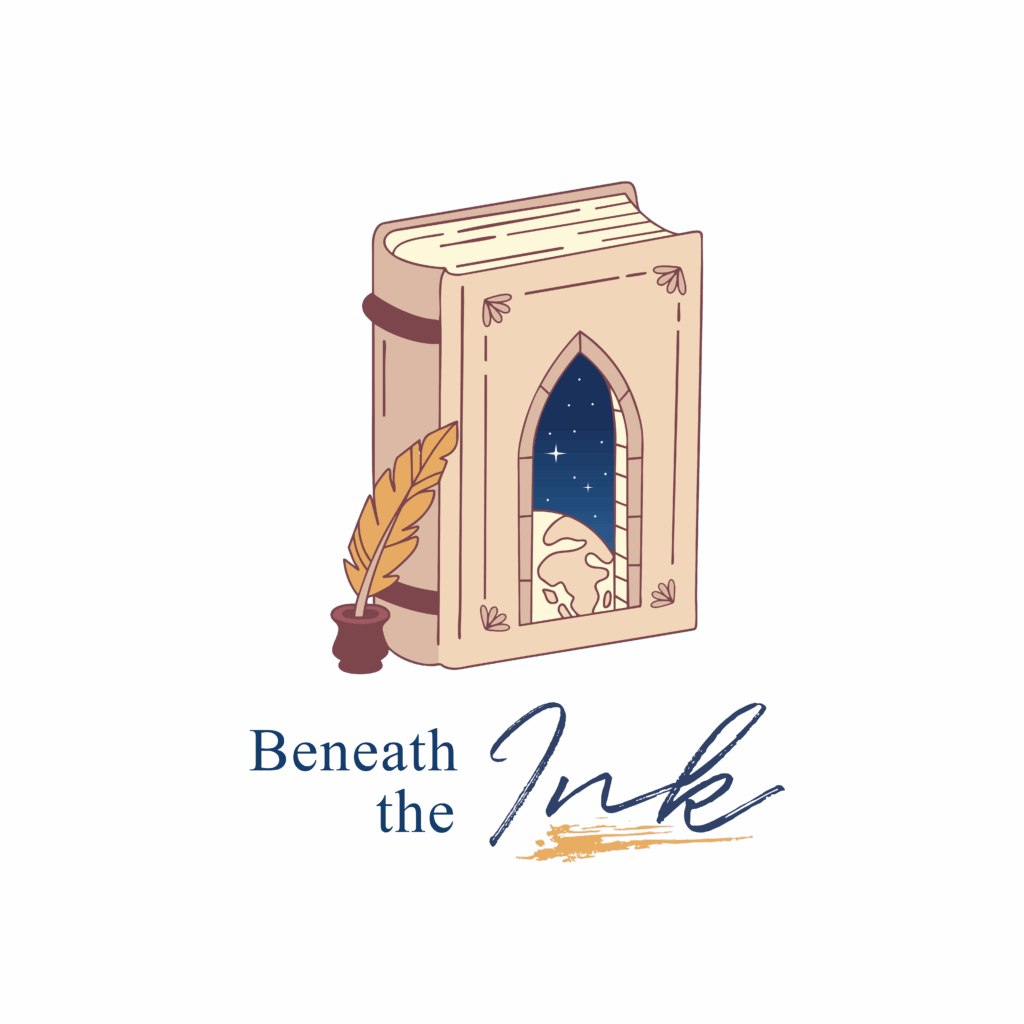My dear time-traveller,
I hope last month’s story inspired you to take a closer look at Japanese culture—or at least at your own perception of it. Perhaps you agreed with me that it’s never easy to fully grasp a culture that isn’t your own, though this doesn’t mean you’re purposely misrepresenting it. Or maybe Arthur Golden’s novel sparked entirely different thoughts in you. Either way, I’d love to hear them.
Echoes of World War II
In Memoirs of a Geisha, Sayuri recounts her life in a voice that is more personal than historical. Yet even in her intimate storytelling, World War II presses in. At first the effects seem small, almost distant—but as the story unfolds, they deepen and grow. Through Sayuri’s eyes we glimpse how profoundly the war reshaped Japanese lives and history.
This month, we remain in the 1940s but shift both culture and geography: from Japan to France, much closer to the European heart of the war.
One Tale, two Voices
Lucinda Riley’s The Light Behind the Window wouldn’t be one of her novels without being, of course, two stories woven into one. One thread takes us to wartime France; the other to a more contemporary setting, 1998.
The novel opens with Emilie, a young woman who inherits her family’s château in Provence and a house in Paris after her mother’s death. As she begins to untangle her family history, we learn about her father and her aunt during the German occupation. The past comes to life most vividly through Constance, a member of the Special Operations Executive sent to Paris in 1943. Her chapters are written in first person, while Emilie’s modern storyline is told in third person—an interesting inversion of Riley’s usual pattern. Rather than distinguishing between an “omniscient” and an “introspective” narrator, she seems to use these shifts simply to mark the different timelines.
A Tale through a Lens
Reading this story felt both fascinating and unsettling. Having grown up in Germany, reminders of the Nazi regime have always been part of my environment. Yet my perspective has always been strongly Germany-centered: I knew of resistance groups within Germany, but rarely considered how others across Europe resisted and collaborated. Riley’s novel opened a new lens for me—a reminder that Hitler’s reach extended far beyond battlefields and that collaboration left scars across many countries, not only within Germany’s borders.
That’s what makes this book more than a family saga or wartime romance (though it is those too, complete with tragedy and a touch of cheesiness). Whether tragedy outweighs cheesiness or the other way round you may decide for yourself. Lucinda Riley’s story made me reflect on history’s complexity, and on how stories can broaden the way we see our past.
This month, I’ve decided to skip the extra historical tidbits and bonus materials. Sometimes, the best companion through a story is simply the story itself, and the reflections it sparks for us as readers.
Share your Lens
If this story sparked thoughts, memories, or questions—I’d love to hear them. Just hit reply and say hi, share your take, or let me know what you’re currently reading.
If you’d like to help keep the lantern lit on this journey through time and story, feel free to visit my Contribee page. Think of it as dropping a coin in the storyteller’s hat — no pressure, just a small gesture of appreciation.
And if you know someone who loves to get lost in good stories and explore the world through books, feel free to pass this newsletter along. There’s always room for a fellow traveler.
See you at the next campfire,
Kalypso






